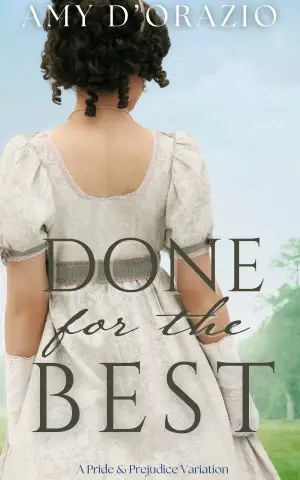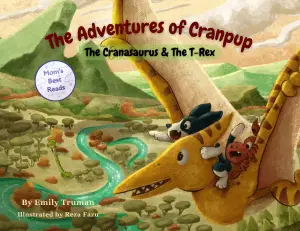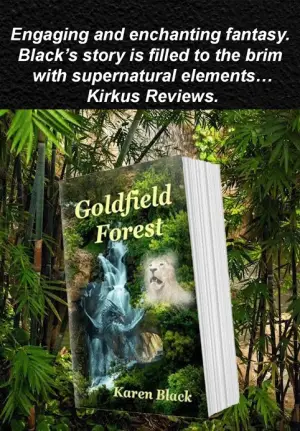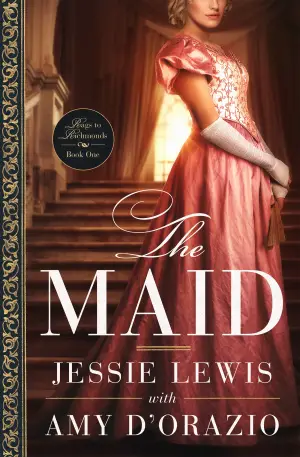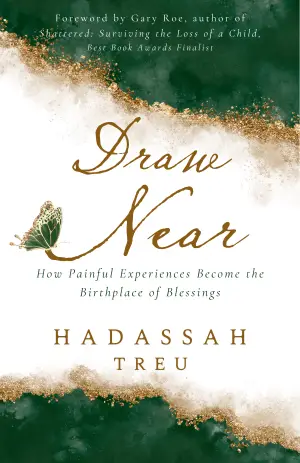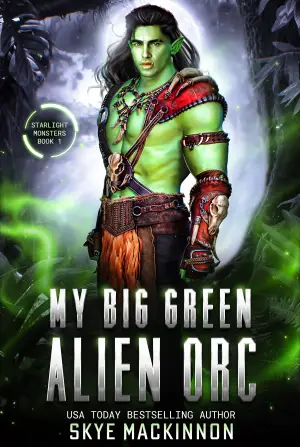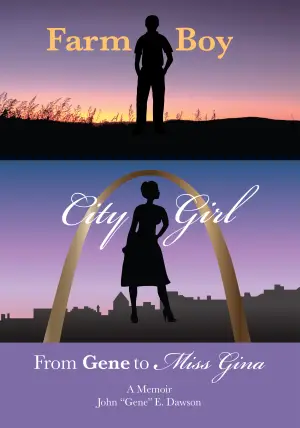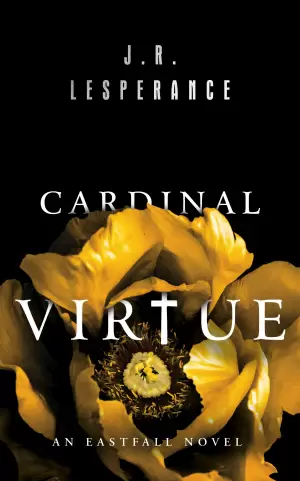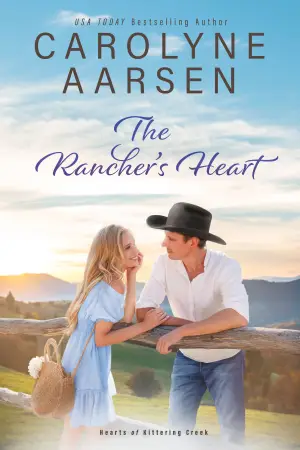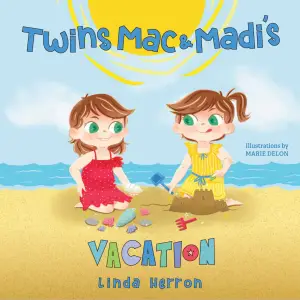Revisiting The Catcher in the Rye: A Journey Through Time and Turmoil
I recently found myself drawn back to one of those quintessential reads that feels like an old friend, ready to share its stories and hardships. J.D. Salinger’s The Catcher in the Rye has been an indelible part of my literary landscape since my teenage years, when its protagonist, Holden Caulfield, echoed my own adolescent bewilderment. It’s fascinating to think about how a book can shift in meaning as we traverse the winding paths of life—a fact I was reminded of as I revisited this classic.
At its core, The Catcher in the Rye tells the tale of Holden Caulfield, a teenager navigating the chaotic world of adolescence in New York City. This isn’t just a story about rebellion; it’s a deep exploration of alienation and the quest for identity. At 15, I resonated deeply with Holden’s raw frustration—much like that young journal writer I recently read about. “Everything is all bullshit.” I can still feel that intense angst, that suffocating sensation of being surrounded by “zombies.” Salinger captures the unfiltered voice of youth, a sentiment that can feel like both a badge of honor and a weight to bear.
Salinger’s writing style is intimate and stream-of-consciousness, providing readers with a first-hand perspective of Holden’s troubled psyche. The pacing mirrors the erratic nature of adolescence itself, bouncing between moments of humor and profound sadness. I remember laughing aloud at some of Holden’s antics—like that debacle with clipping toenails—or feeling a pang of empathy during his melancholic reflections. His cynical take on the world unearthed feelings I didn’t even know existed, making it a vital part of my formative years.
As I grew older, my perspective shifted. In my twenties, I couldn’t help but critique Holden’s approach to life. I oscillated between appreciating his complexity and rolling my eyes at what I saw as self-absorbed angst. The narrative, at times, seemed repetitive and cliché, almost like Holden’s own stubborn refusal to change. Yet, reflecting on those early impressions now, I realize how important it is to navigate these vacillations of youth and maturity. There’s beauty in that confusion, a tenderness in recognizing our naivete—even if it feels cringeworthy in hindsight.
Fast forward to my thirties and forties, and my relationship with The Catcher in the Rye deepened even further. Holden’s struggles began to resonate with me on a more profound level. It was almost as if he became a voice guiding me through my own existential crises and transitions. The moments of intensity—the heartbreak, the questioning—stirred something profound within me. “I feel like I really understand Holden, like he is my guide, my son, my brother, my friend… myself.”
This book remains significant today for anyone grappling with their identity or feeling adrift in a world rife with complexities. Whether you’re a teenager feeling misunderstood or an adult facing the weight of responsibilities, The Catcher in the Rye offers a space for reflection and growth. It’s a reminder that change is not just possible, but essential as we redefine ourselves throughout the stages of life.
In conclusion, if you haven’t picked up The Catcher in the Rye in a while or are approaching it for the first time, I encourage you to keep an open heart. Salinger’s masterpiece is not just a tale of adolescence; it’s a lens through which we can peer into our innermost thoughts, feelings, and the messy beauty of human experience. It’s a journey worth taking—again and again.

